Cataloguer Hirra Ateeq shares her discoveries from the terrestrial magnetism correspondence in the archives of the Royal Society, and tells the story of a remarkable Indian astronomer.
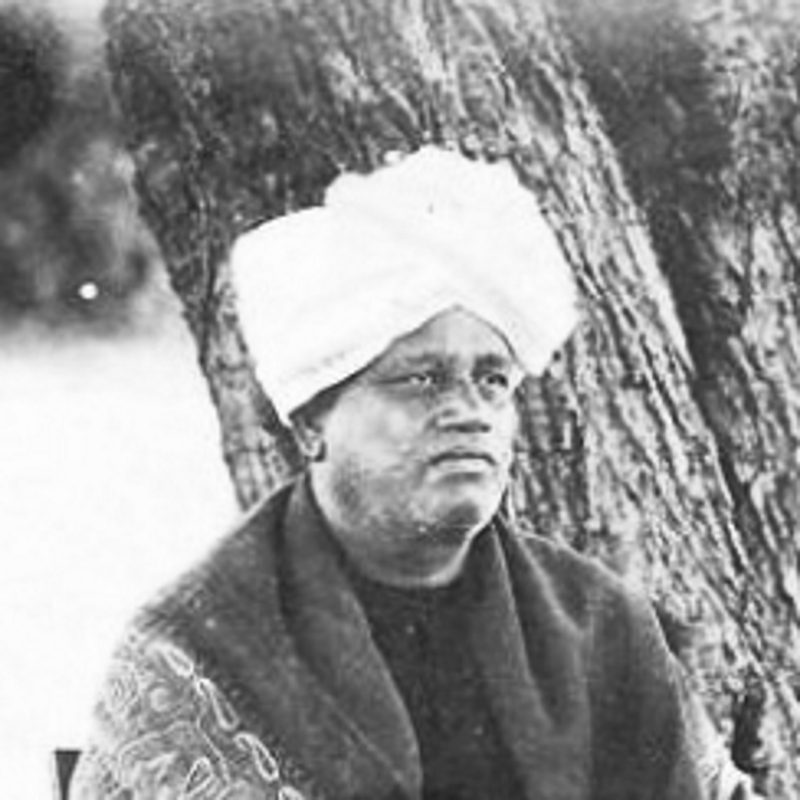
As an Archive Cataloguer, my role involves recording items of nineteenth- and early twentieth-century correspondence, which often feature significant figures in the development of science and the institutional history of the Royal Society.
While cataloguing the correspondence of physicist Sir Edward Sabine (1788-1883), I came across his work on terrestrial magnetism in manuscript MS/119, and references to the British magnetic scheme, sometimes referred to as the ‘magnetic crusade’.
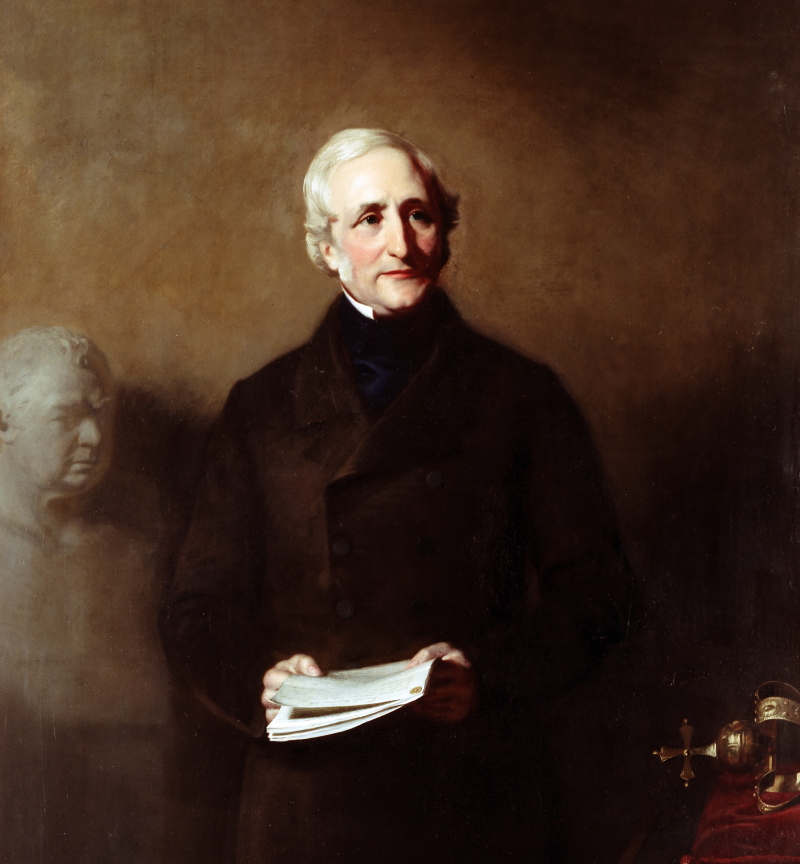 Edward Sabine, by Stephen Pearce, 1855 (RS.9683)
Edward Sabine, by Stephen Pearce, 1855 (RS.9683)
MS/119 mainly includes the correspondence of Sabine and Humphrey Lloyd (1800-1881), and contains letters relating to the Niger expedition of 1841 and the Antarctic expedition of 1839-1843 led by Captain James Clark Ross. It documents the use of magnetic instruments, with observations from different parts of the world, as well as references to the wider global context of the British Empire and colonialism. Depressingly, though unsurprisingly, the collection includes the occasional historically offensive remark toward underrepresented and marginalised communities, found within comments on the First Opium War and the global political situation during the nineteenth century.
Much of the correspondence relates to the management of observatories under the British magnetic scheme, ‘a system designed to observe and chart the Earth’s magnetic field at spots all over the globe, from surveys in high northern and southern latitudes to fixed stations in Africa, Asia, Europe, the Americas and Australasia’. Colonial observatories under the authority of the Board of Ordnance were set up in Toronto, St Helena, the Cape of Good Hope and Van Diemen’s Land (now Tasmania).
The Indian observatories were largely managed by the East India Company (EIC). Initially formed to facilitate trade with the East, Southeast Asia and the Indian subcontinent, the EIC eventually colonised parts of the region, exercising political control and military power. Over time, other observatories in Europe, Russia, and America joined the scheme and became part of a global community of scientific cooperation, with shared interests and goals.
Amongst the many different institutions discussed in Sabine’s terrestrial magnetism collection, I’d like to highlight the Madras Observatory and its employees, who made significant contributions to international science. The Observatory, in modern Chennai, was established as a private venture by William Petrie in 1786, and became ‘the first modern astronomical observatory on Indian soil’. It was managed by the East India Company from 1792 ‘to promote the knowledge of astronomy, geography and navigation in India’.
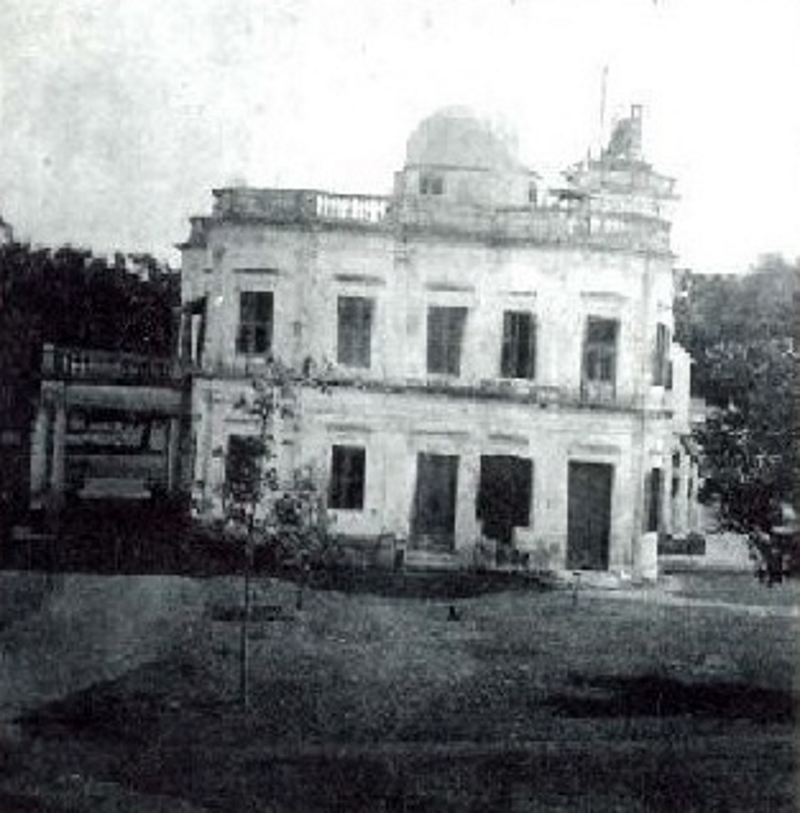 Madras Observatory (public domain via Wikimedia Commons)
Madras Observatory (public domain via Wikimedia Commons)
Although magnetic observations were made at Madras, including by Henry Kater, it was a primarily an astronomical and timekeeping establishment over the course of its existence from 1722 to 1931. Thomas Glanville Taylor, Director of the Observatory from 1830 to 1848, made his Madras General Catalogue of 11,015 stars, praised by Astronomer Royal Sir George Biddell Airy as ‘the greatest catalogue of modern times for the number of observations, the number and distribution of stars, and for the fact that the work had been entirely carried out in one place, under Taylor's supervision’. The Madras Observatory is also where Norman Robert Pogson discovered a number of variable stars, and several asteroids including 67 Asia.
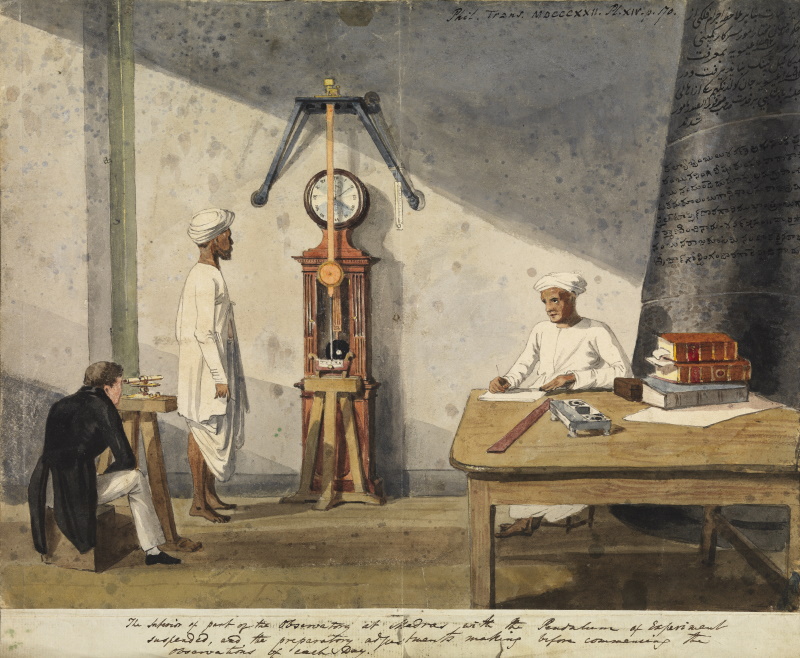 Madras Observatory interior, 1821 (RS.8719)
Madras Observatory interior, 1821 (RS.8719)
However, the Indian and South Asian technicians who contributed to these remarkable scientific discoveries either remain nameless or are referred to in the most general terms as an 'Indian’ or ‘Native’ assistant capable of making observations. This projects a minimal contribution or banal existence and is very far from the truth.
While cataloguing Sabine’s correspondence within the volumes of MS/119 and MS/257, I discovered that there was general lack of acknowledgment of Indian assistants who may have made important scientific discoveries alongside Fellows of the Royal Society. Most were not named, erasing their contribution from history.
For example, a letter by Robert Stein, Mauritius, sent to Edward Everard Rushworth, in June 1865 (MS/257/1/296) refers to ‘an intelligent and trustworthy native of Madras’. Another, from Charles Chambers of Colaba Observatory Bombay [Mumbai] to Captain Young, in 1867 (MS/257/1/345) refers to an ‘in-expensive Native’ aiding a ‘skilled European’. The fact that that the ‘assistants’ were not deemed important enough to be named signifies the stereotyping and attitudes of Victorian Britain towards marginalised groups.
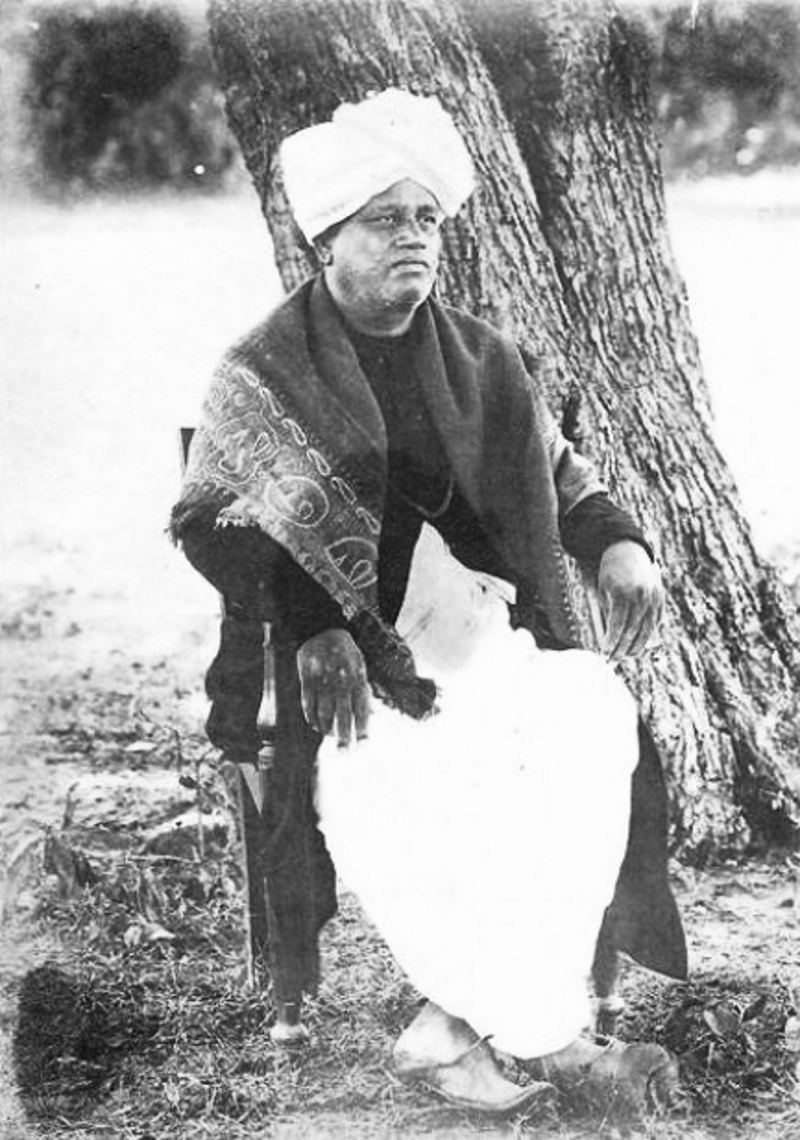 Chinthamani Ragoonatha Chary (public domain via Wikimedia Commons)
Chinthamani Ragoonatha Chary (public domain via Wikimedia Commons)
Despite this, we do know of some individuals who persevered in the face of challenges, racism and oppression. Indian astronomer Chinthamani Ragoonatha Chary, initially appointed by Taylor as a porter, eventually became the Head Assistant at the Madras Observatory. Chary’s career at the Observatory spanned 40 years, in which ‘he made calculations and observations at the observatory and discovered two new variable stars’ including R Reticuli in 1867.
Chary made 51,101 observations of 5,303 stars for Pogson’s southern sky catalogue, as well as publishing papers in the Monthly Notices of the Royal Astronomical Society. His achievements included making important observations during the solar eclipse of 1868, and being part of the team which observed the total solar eclipse in the village of Avinashi in 1871. Most notably, Chary became the first Indian Fellow of the Royal Astronomical Society.
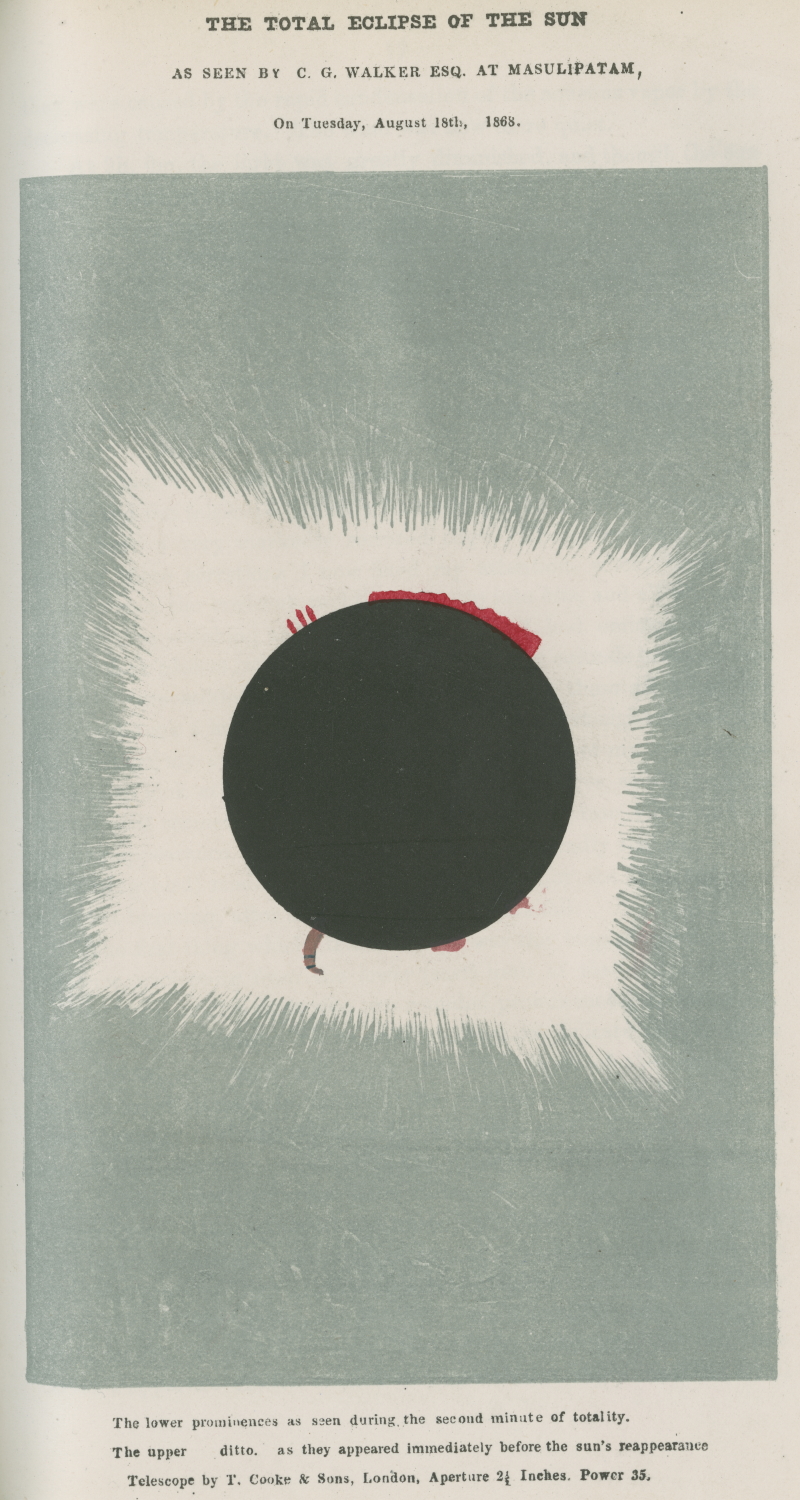 Total eclipse of the Sun, 1868 (RS.11418)
Total eclipse of the Sun, 1868 (RS.11418)
Chinthamani Ragoonatha Chary shows that individual narratives always link to a much larger world story. Archives can help us expand local links into global ones, teaching us about our shared history. While cataloguing Sabine’s correspondence I realised the British magnetic scheme is a misrepresentation, and the scheme was not just ‘British’ at all.






